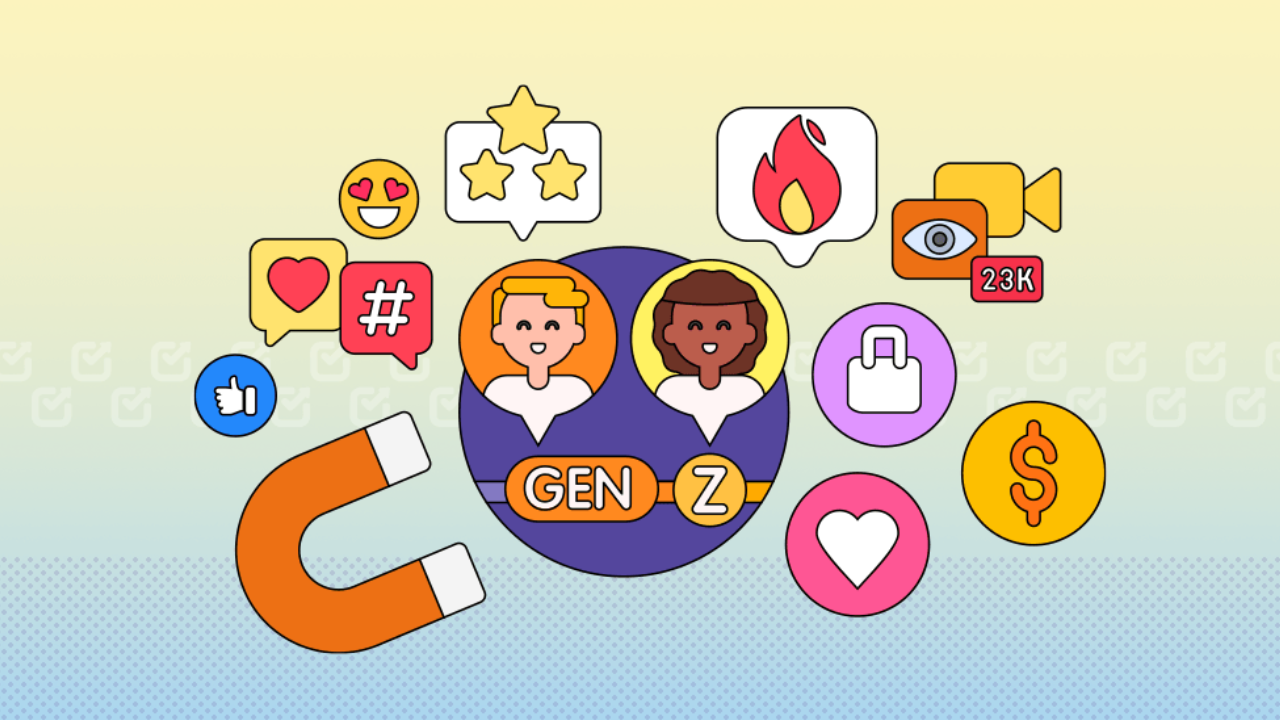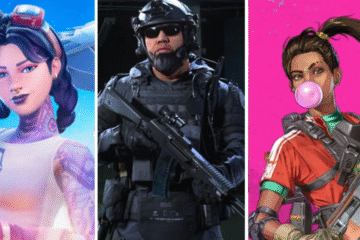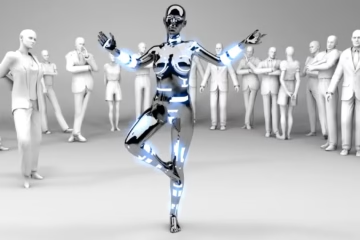If one platform can be credited with defining the voice of Gen Z, it is TikTok. What began as a simple video-sharing app has transformed into a global force influencing everything from pop culture and language to mental health and even politics. In 2025, TikTok trends are not just entertainment—they are the fuel behind daily conversations among Gen Z.
From viral sounds and micro-aesthetics to “de-influencing” and authentic storytelling, TikTok sets the tone for how Gen Z communicates. But how exactly is it shaping their day-to-day talk, thinking, and behavior?
Let’s explore the various ways TikTok trends are reshaping the cultural fabric for an entire generation.
The Rise of a Shared Digital Language
One of the most striking impacts TikTok has on Gen Z is the way it has created a new, constantly evolving form of communication. Phrases like “it’s giving,” “main character energy,” or “delulu is the solulu” might sound strange to older generations, but they carry deep meaning for Gen Z users who are tuned into TikTok’s ecosystem.
These trends often come from niche creators or viral videos and quickly become embedded in the language young people use with each other—both online and offline. TikTok doesn’t just influence what Gen Z talks about, it shapes how they talk.
This shared digital language creates a sense of belonging. If you understand the references, you’re in the loop. If you don’t, you’re behind. It’s a new form of digital social currency, where trends set the pace for inclusion.
Micro-Trends and Hyper-Fast Evolution
One day it’s “cottagecore,” the next it’s “blokecore” or “mob wife aesthetic.” These micro-trends, often born and spread on TikTok, move at a speed no other platform has seen before. For Gen Z, keeping up with these short-lived movements is part of their social rhythm.
They don’t just observe trends—they live them. From how they dress and decorate their rooms to the way they caption their posts, Gen Z draws daily inspiration from what’s hot on TikTok.
Unlike previous generations, who were influenced by seasonal fashion or mainstream media, Gen Z takes cues from individual creators and ever-changing niche movements. This means their conversations—whether in group chats or school hallways—are constantly refreshed with new references, ideas, and creative prompts.
From Entertainment to Identity
TikTok isn’t just shaping what Gen Z consumes; it’s shaping how they view themselves. Personalities and self-image are influenced by trends around mental health, body positivity, self-diagnosis, and identity politics.
A single video about ADHD or introversion can spark hundreds of stitched responses, comments, and shares, leading to more open conversations among Gen Z about who they are and what they experience. In this way, TikTok becomes a mirror—and often a guide—for young people navigating their identity.
This influence stretches into their personal lives. Conversations about boundaries, emotional regulation, or toxic behavior are now part of everyday talk among Gen Z. TikTok’s bite-sized content has helped normalize discussions that were once considered taboo or difficult.
Shifting the Nature of Influence
The traditional idea of influencers has been turned upside down by TikTok. Instead of chasing celebrities or curated Instagram stars, Gen Z follows people who feel “real.” These creators speak directly to the camera in messy rooms, talk about their bad days, or show unfiltered moments.
This authenticity shapes Gen Z’s expectations—not just of content, but of each other. Their conversations now reflect a growing desire for transparency. They call out performative behavior and value honesty over perfection.
Trends like “de-influencing,” where creators encourage viewers not to buy viral products, are signs of a shift in mindset. Gen Z doesn’t just consume content—they engage with it critically. And that same energy shows up in their day-to-day dialogue with friends, family, and communities.
Political and Social Awareness
TikTok has also become a major player in shaping Gen Z’s political opinions and social awareness. During elections, protests, or global events, TikTok becomes a hub of information, commentary, and grassroots organizing.
For instance, a short video explaining the situation in a distant country can spark conversations among teens across the world. Hashtags and challenges tied to political causes bring visibility to issues that mainstream news may overlook.
Because the content is made by peers rather than institutions, Gen Z feels more connected to the messages. They trust their favorite creators more than traditional media outlets, and they carry these viewpoints into their real-world discussions.
Humor, Memes, and Coping
One underrated aspect of TikTok’s influence is humor. From absurd skits to relatable voiceovers, comedy on TikTok is raw, self-aware, and endlessly creative. Gen Z uses this humor not just to laugh, but to process stress, disappointment, and even trauma.
This meme-based way of coping shows up in their conversations too. When life gets overwhelming, joking about it in a TikTok-inspired format can make it easier to talk about. Whether it’s “I’m in my flop era” or “girl dinner,” these expressions allow Gen Z to navigate life’s challenges with a unique blend of irony and truth.
Community and Belonging
TikTok is not just a platform—it’s a digital community. From niche fandoms to random support groups that form in comment sections, Gen Z builds friendships and emotional support networks on the app.
When a trend goes viral, it creates a shared moment. Millions of users participate in the same joke, dance, or soundbite. That shared experience turns into a topic of conversation that flows into school hallways, family dinners, and weekend hangouts.
In this way, TikTok keeps Gen Z connected. It provides the backdrop for many of their social interactions and gives them a shared space to be seen, heard, and understood.
What Makes TikTok Different from Other Platforms
Unlike Instagram, which is still largely driven by curated posts, or YouTube, which favors long-form content, TikTok is fast, messy, and deeply personal. Its algorithm doesn’t rely on who you follow, but what you engage with. That means a new creator with zero followers can shape a global trend overnight.
This unpredictable nature is what makes TikTok so influential. Gen Z doesn’t need mainstream approval to go viral. They only need one good idea, one authentic moment, or one funny video.
Because of this, TikTok’s trends feel more “owned” by Gen Z than any other platform’s content. They’re not just following the culture—they’re creating it.
Final Thoughts
In 2025, TikTok has become more than a social media app. For Gen Z, it’s a source of identity, humor, healing, expression, and influence. It shapes their language, ideas, and worldview every day. The trends that rise and fall on the app ripple far beyond the screen. They fuel daily conversations, shape friendships, and influence how an entire generation communicates with the world.
As long as TikTok continues to give Gen Z the tools to express themselves, explore ideas, and connect in real-time, its grip on their daily lives—and their conversations—will only grow stronger.



